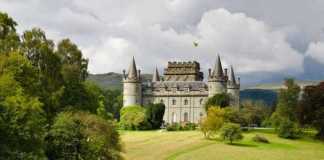Texas is the largest state in the contiguous U.S. and the second-largest in the United States. With its immense size and being cut down the centre by the country’s east-west divide, it should be unsurprising that it offers diverse landscapes. From lush prairies and arid deserts to towering mountains, cascading waterfalls, surging rivers, and even beaches on the the Gulf Of Mexico coast, Texas has the whole spectrum of natural beauty on offer.
Although Texas as a whole is a fantastic destination to explore, nowhere does it as much justice as in its national parks. These are parts of the state so abundant in beauty spots or with such unique, iconic features that the government designates them protected areas.
While the national parks in Texas may not be among the country’s most famous, they are still some of the best places to enjoy the Texan landscape. Our complete guide to national parks in Texas will provide you with everything you need to know, from how many there are and where they are to how long to spend there and what to do when you arrive.
Texas National Parks
How Many National Parks Are In Texas?
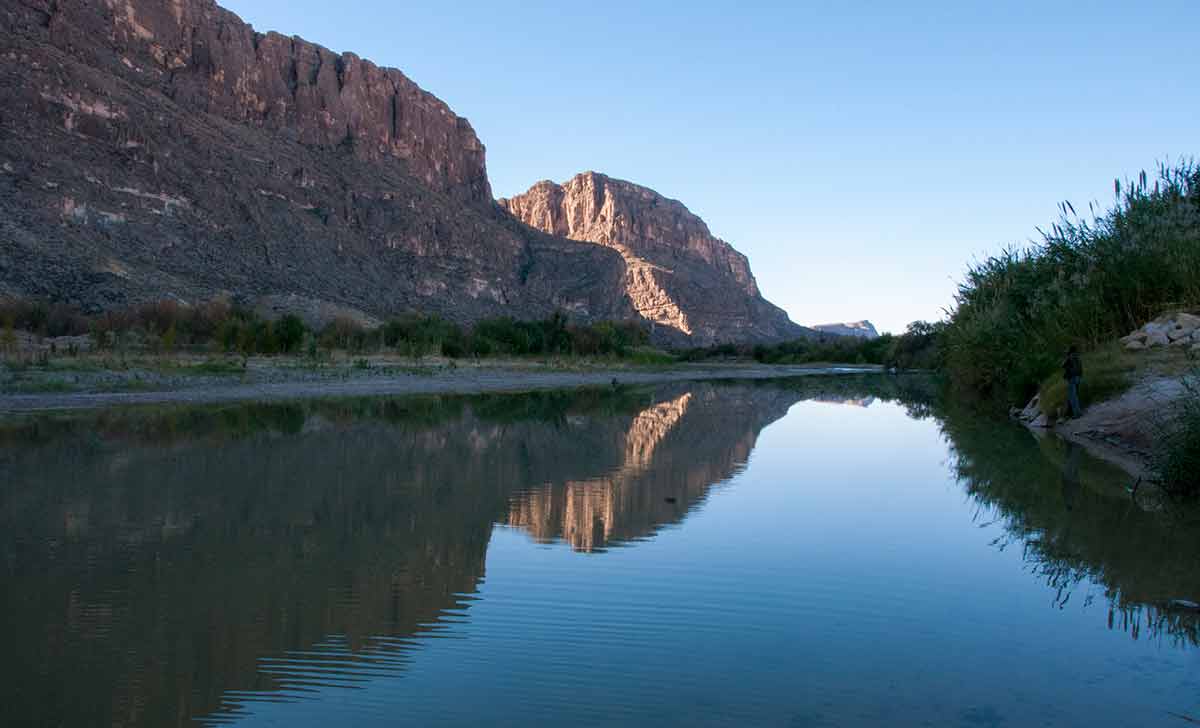
Despite its immense size, Texas only has two officially designated National Parks: Big Bend National Park and Guadalupe Mountains National Park.
However, there are also another 12 areas managed by The National Park Service, offering natural beauty spots on a smaller scale.
Can You Visit Both Texas National Parks In One Trip?
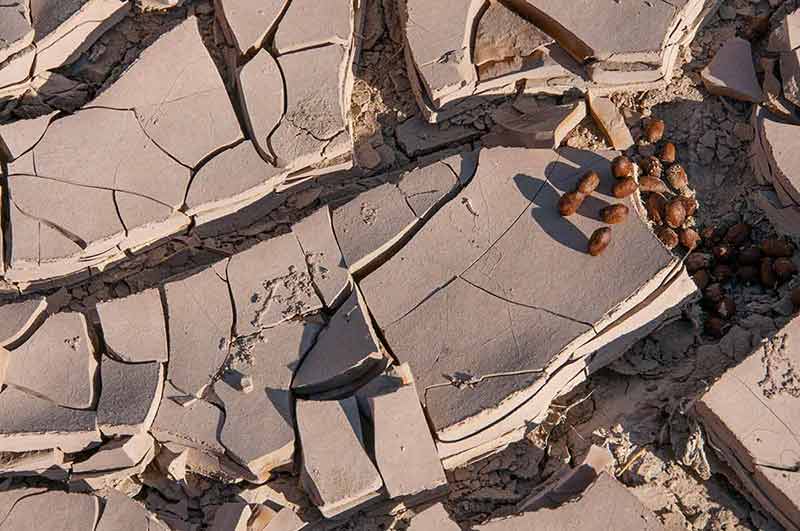
Guadalupe Mountains National Park is roughly 280 miles (450 km) and five hours driving from Big Bend National Park.
Provided you have enough time to spend at both parks, the distance between them means it is more than feasible to visit both in a single trip.
Big Bend National Park
What Is The Most Visited National Park In Texas?
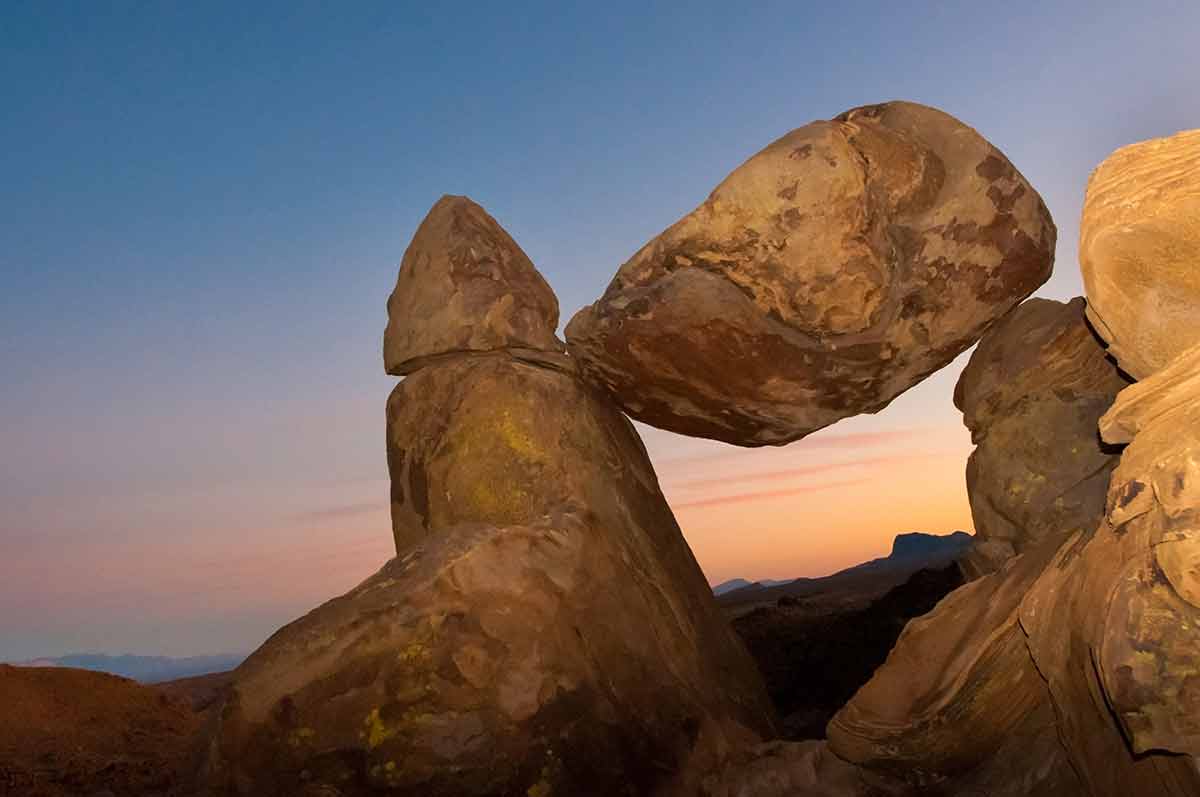
Big Bend National Park covers 801,163.21 acres (32,4219 ha), making it the 14th largest national park in the USA.
With just over 581,000 annual visitors, it is also the 37th most visited national park in the country, while being founded on 12 June 1944 makes it the 27th oldest national park in the U.S.
Big Bend National Park is a stunning area of rugged landscapes filled with mountains, desert and wilderness areas.
It is also bordered on its southern side by the Rio Grande river, a large bend that gives the park its name and separates it from Mexico.
Where Is Big Bend National Park?
Big Bend National Park is in Texas’ southwest, bordering the Mexican states of Chihuahua and Coahuila.
El Paso, Texas, is the closest major city 330 miles (531 km) away and takes roughly 5.5 hours to reach by car.
You can enter the park via the Permission Gap Visitor Centre, Main Park Road, Alpine, 79830 (off of U.S. Highway Route 385) or the Big Bend Visitor Information, Texas State Route 118, Study Butte-Terlingua, 79852.
How Long To Spend At Big Bend National Park?

Most sources recommend three days as the ideal time to spend in Big Bend National Park, while two full days are the absolute minimum.
With the park being so far from the nearest airport or major city, make the most of your time when you arrive.
In two days, you can drive the whole way through the park, see all of its most famous points, and perhaps even go for a hike or two to take in its iconic scenery on foot.
However, three days is much better for those wanting a comprehensive visit to the park.
As Big Bend has three distinct areas – Chisos Basin, Rio Grande, and Ross Maxwell – three days gives you the chance to spend an entire day in each area.
This will enable you to fully appreciate how each of the three areas differs from the others, see all they offer and take long hikes into the park’s more natural, unexplored regions.
When Is The Best Time To Visit Big Bend National Park?
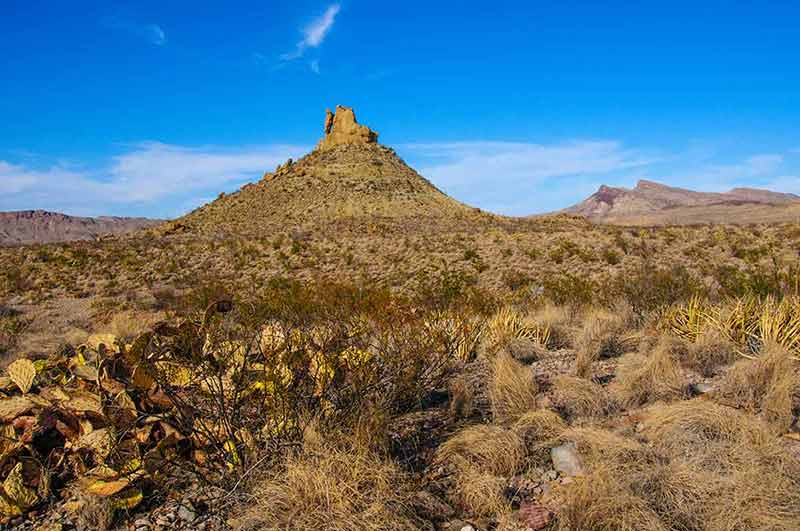
In May and September, the beginning and end of summer are the best periods to visit Big Bend National Park.
These periods offer the opportunity to explore the park during the warmer parts of the year while avoiding the extreme highs of summer, which can be too much to bear for many visitors.
These months also make up the period when precipitation in the park is at its best.
It won’t be so wet that you risk getting caught in a thunderstorm or getting drenched, as you can in the peak summer months, while there will still be enough rain to ensure the park’s beautiful waterfalls are flowing freely.
What To Do In Big Bend National Park

There’s a long and diverse list of things to do in Big Bend National Park, including kayaking or rafting on the Rio Grande River.
Hike in the Chisos Mountains, enjoy a spot of birdwatching near the water’s edge or experience the thrill of camping in a remote area in the Chisos Basin.
There are several hot springs throughout the park, most prominently in the Hot Springs Historic District.
Here visitors can enjoy the largest hot spring in the park and the remains of a bathhouse, house and dugout shelter.
Hiking the various trails throughout the park is another common pastime, as is viewing the park by taking a scenic drive across it.
Wildlife Of Big Bend National Park
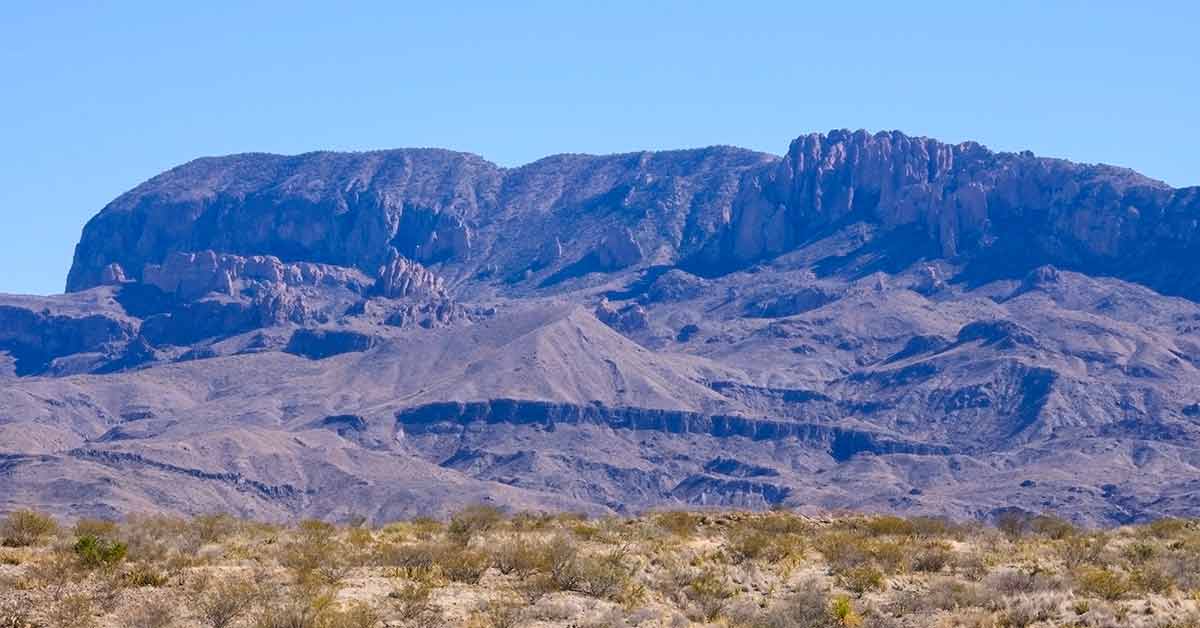
Big Bend National Park has an extensive range of wildlife, with a varied offering of flora and fauna, many species only found in remote desert regions such as this.
This is accredited to the diverse range of climates, temperatures, elevations, and landscapes present in the park.
Over 1,200 different types of plants have been identified in the park, including more than 60 species of cacti like the claret cup, pitahaya and prickly pear.
During the springtime, the park is also abundant in different species of wildflowers, including desert marigolds, desert willows, desert rock nettles, and pink and white bluebonnets.
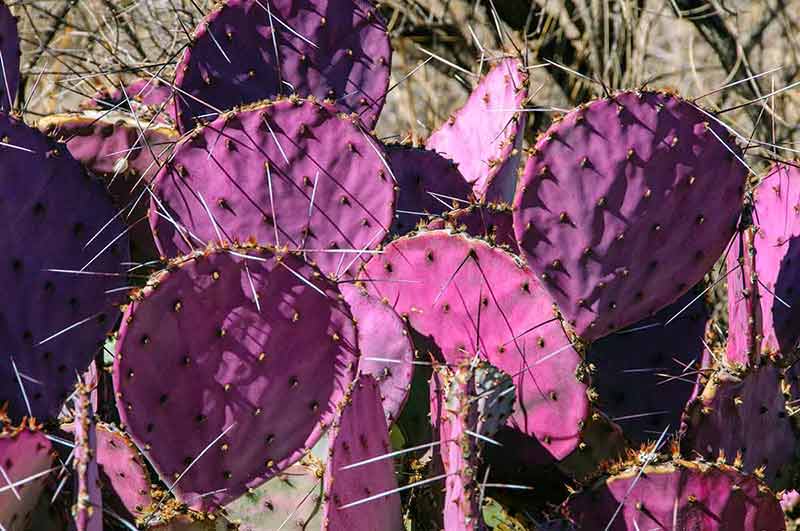
Other iconic plants common in the park include candelilla, agave lechuguillas, ocotillos and yuccas.
Moving on to the creatures living in Big Bend, the park is home to at least 600 different species of vertebrates, of which around 450 are birds and roughly 3,600 different types of insects.
While many can be seen around the clock, the park’s wildlife truly comes alive after the sun goes down.
You may encounter bats, black-tailed jackrabbits, Mexican black bears, collared peccaries, cougars, coyotes, golden eagles, greater roadrunners, grey foxes javelinas, kangaroo rats, mule deer, and white-tailed deer.
Also read:
- 20 Famous Landmarks in Texas
- 21 Landmarks In Houston
- Dallas At Night
- Houston At Night
- 20 Ways To Celebrate Christmas in Texas
- 20 Waterfalls in Texas
- 20 Places To Go Glamping In Texas
- 5 Hot Springs In Texas
- 20 Landmarks In Dallas
- 20 Things To Do In Fort Worth
- 20 Things To Do In Corpus Christi
- Austin At Night
- 20 Free Things To Do In Austin
- 20 Things To Do In Wichita Falls
- 20 Austin Museums
- 20 Texas Cities
- 20 Places To Visit On A Dallas To Austin Drive
- 20 State Parks In Texas
- 20 Things To Do In Waco
- San Antonio At Night
- 15 Things Texas Is Famous For
- 20 Things To Do In Wimberley
- 20 Castles in Texas
- 20 Texas Beaches
- A Guide To National Parks In Texas
- 21 Things To Do In Lubbock
- 20 Things To Do In New Braunfels
- 20 Things To Do In Arlington
- 20 Things To Do In Grapevine
- 20 Things To Do In Midland Tx
- 20 Things To Do In Temple Tx
- 20 Dallas Day Trips
- 20 Houston Day Trips
- 20 Things To Do In El Paso
- 20 Austin Day Trips
- 20 Things To Do In Plano Tx
- 20 Things To Do In Denton Tx
- Where To Stay In Dallas
- 20 Places To Visit On A Houston to Denver Drive
- 20 Landmarks in San Antonio
- Where To Stay In Austin
- 20 Things To Do In Port Aransas
- 20 Things To Do In Tyler
- 20 Things To Do In Brownsville
Guadalupe Mountains National Park
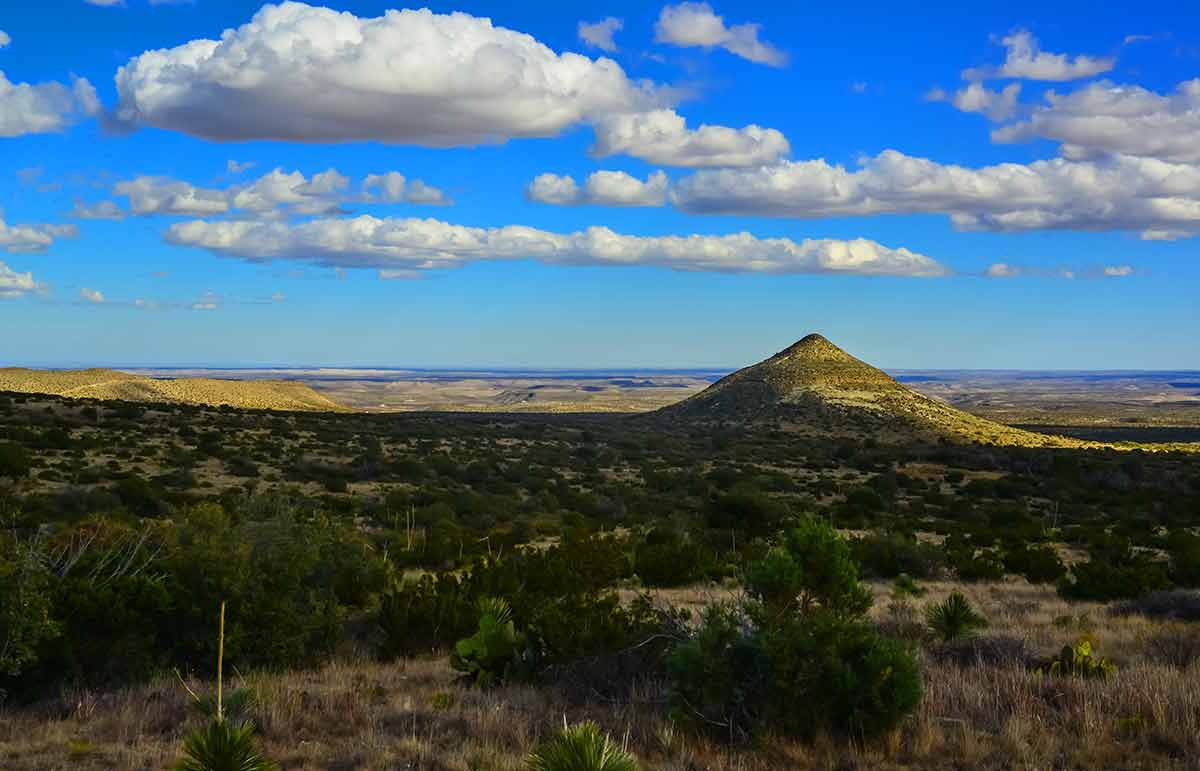
Guadalupe Mountains National Park covers 86,367.1 acres (34,951 ha) and even though this Texas national park is the 22nd-smallest in the USA, it protects a significant landscape that includes the world’s most extensive Permian fossil reef.
Its landscape is dominated by its eponymous mountains, the four highest peaks in Texas, and the canyons and cave systems beneath them.
Founded on 15 October 1966, it is the 32nd-oldest national park in the country, while its footfall of roughly 243,000 annual visitors ranks as the seventh least visited national park in the lower 48 states and 15th least in the nation as a whole.
Where Is Guadalupe Mountains National Park?
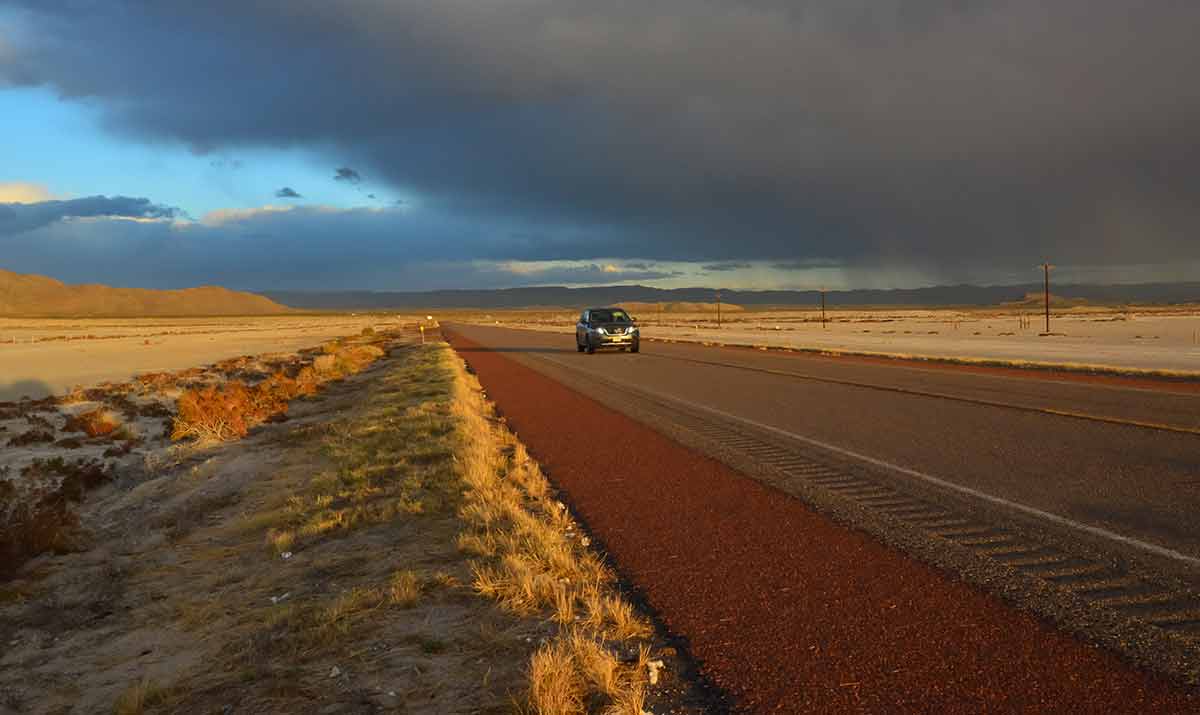
The national park is in the Guadalupe Mountain Range on Texas’s northwestern border with New Mexico.
The closest major city is El Paso, 113 miles (182 km) and 1 hour 45 minutes away by car.
You can enter Guadalupe Mountains National Park from several park roads near the Guadalupe Mountains National Park Sign, U.S. Highway Route 62, Pine Springs, 79847.
How Long To Spend At Guadalupe Mountains National Park?
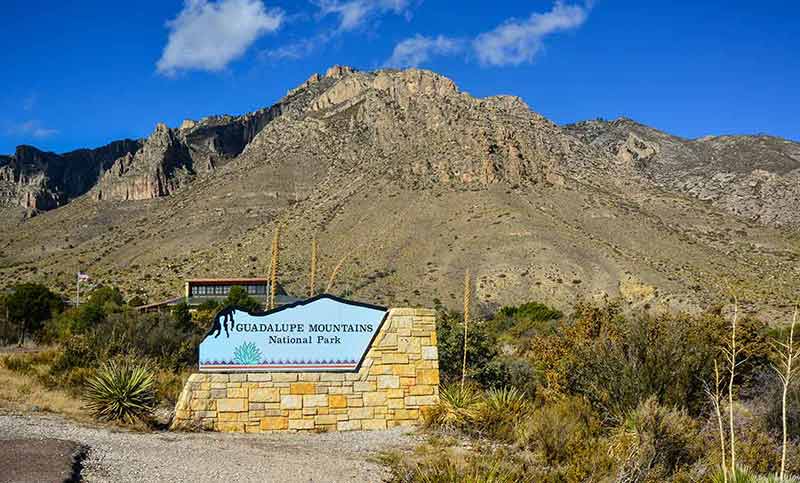
If you’re visiting Guadalupe Mountains National Park, try and allocate three days for your adventure or at least two days if you want to see everything the park has to offer.
You will want to make sure you have at least a full day to explore McKittrick Canyon and take in all its many sights, views, and trails.
Then you have the Pine Springs region, which is bursting with trails, historic attractions, and even a highly entertaining and informative visitor centre.
While you can squeeze the highlights of this region into a day, it will be a much more in-depth and enjoyable experience if you spread it over two.
When Is The Best Time To Visit Guadalupe Mountains National Park?
May and June are the prime windows to visit Guadalupe Mountains National Park.
Early May to the end of September is when the park experiences its warmest temperatures each year, however, late June to early October is also the wettest period in the park.
Visiting during our suggested window, particularly from mid-May to mid-June, allows you to enjoy the best of both worlds and experience the park at its very best.
What To Do In Guadalupe Mountains National Park
Two of the best things to do in Guadalupe Mountains National Park are hiking to the top of the Guadalupe Peak and visiting its historical attractions.
There’s a wide range of historic locations, such as Frijole Ranch, its museum, and the 1930s stone cabin in McKittrick Canyon, the Wallace E. Pratt House.
Other attractions include visiting the Hunter Line Shack, viewing the fossils and dig sites in a part of the park that was once beneath a tropical ocean, and exploring the various canyons, caves, peaks, salt flats, trails, and overlooks which are abundant throughout the park.
The Wildlife Of Guadalupe Mountains National Park
The wildlife of Guadalupe Mountains National Park is representative of the Chihuahuan Desert landscape surrounding it.
You will find plenty of common and rare animals and plants synonymous with the region.
Plantlife consists primarily of bigtooth maples, chinkapin oaks, creosote bushes, honey mesquite, junipers, pinyon pines and velvet ashes.
A range of grasslands and deciduous forests grow in the lower regions of the park.
Then, in the higher altitudes, which can reach up to 7,000 ft (2,100 m) above sea level, you will find more alpine landscapes with plants like alligator juniper, Arizona pine, ponderosa quaking aspen, rocky mountain Douglas fir and southwestern white pine.
Animals you will commonly find in the Guadalupe Mountains National Park ranges from bats to American black bears, badgers and bobcats.
Look up into the sky and among the trees for grosbeaks, chickadees, turkey vultures, wrens, woodpeckers, hummingbirds, great horned owls, greater roadrunners, peregrine falcons, sparrows and golden eagles.
Other wildlife to look out for include coyotes, elk, grey foxes, hog-nosed skunks, javelinas (a small hoofed animal from South America that looks like a wild pig), mountain lions, mule deer and striped skunks.
National Parks In Texas
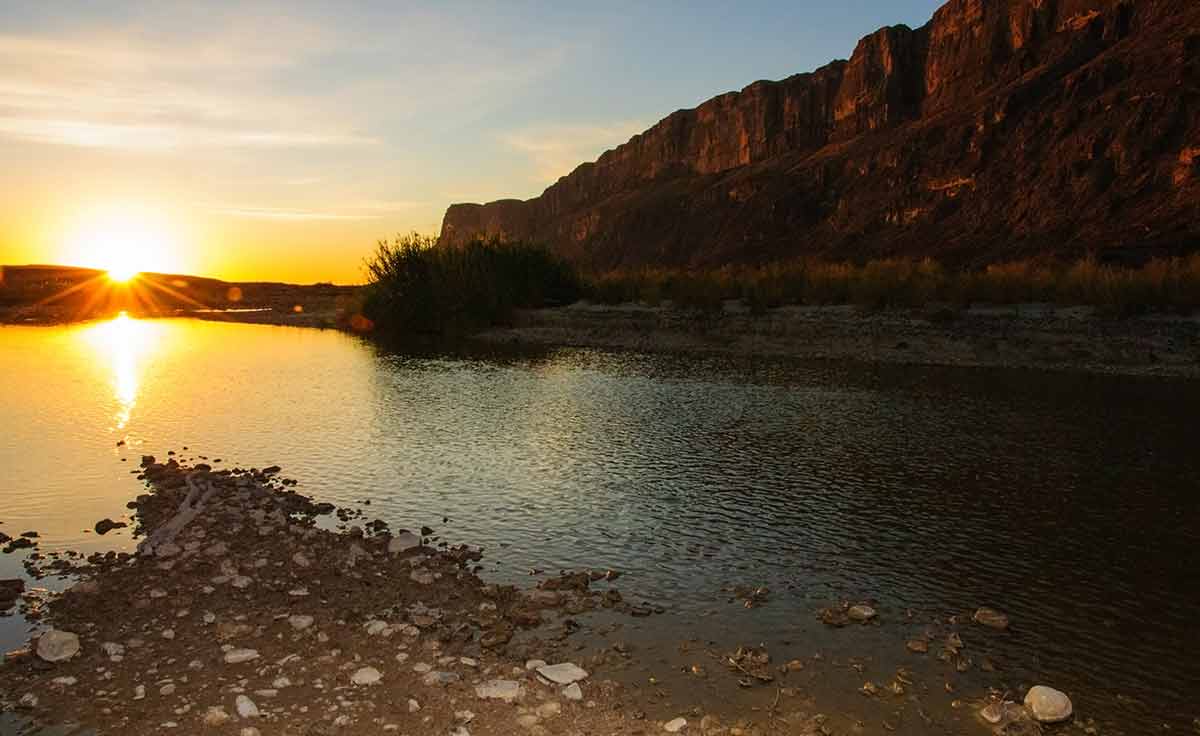
The two national parks in Texas, Big Bend National Park and Guadalupe Mountains National Park, are among the least visited yet most stunning national parks in the entire country.
Located just a few hours’ drive apart, you can easily explore both in a single trip if you allot enough time.
You’ll need at least seven days to truly enjoy both parks, get between them, and get to and from the airport, but I’d suggest planning for nine days.
With iconic mountains, famous rivers, deserts, forests and wilderness areas, the parks offer a perfect example of the landscape of not just Texas but the entire southwestern United States.
The wildlife in these parks is equally as beautiful and extensive as well.
Our guide to national parks in Texas should have given you everything you need to plan your perfect trip, from when to take it and how long to set aside to what you will see while you are there.
Now, all that’s left is to start making arrangements so that you can go and see it all for yourself.
If you love exploring national parks, you might like to read:
- Wyoming National Parks Guide
- Nevada National Parks Guide
- Michigan National Parks Guide
- 5 Maine National Parks
- New Hampshire National Parks Guide
- 25 National Parks in Canada
- 17 National Parks in Argentina
- Tasmania National Parks
- 20 National Parks in Mexico
- 18 New Mexico National Parks
- 18 National Parks in Massachusetts
- 17 Colorado National Parks
- 4 Indiana National Parks
- 5 Nebraska National Parks
- 30 Virginia National Parks
- 9 New Jersey National Parks
- 8 National Parks in Arkansas
- 8 Alaska National Parks
- 13 Tennessee National Parks
- 6 National Parks in Louisiana
- 5 Illinois National Parks
- 7 National Parks in Oklahoma
- 7 National Parks in South Dakota
- 12 Alabama National Parks
- 5 North Dakota National Parks
- 8 National Parks in West Virginia
- 20 National Parks in Arizona
- 11 National Parks In Florida
- 8 Hawaii National Parks
- 6 National Parks In Idaho
- Texas National Parks Guide
- 9 California National Parks
- 11 National Parks In Georgia
- 7 National Parks In Missouri
- 5 National Parks in Minnesota
- 7 National Parks In Kentucky
- 8 National Parks In Montana
- 15 National Parks In Washington State
- 8 South Carolina National Parks
- 12 North Carolina National Parks
- 4 Wisconsin National Parks
- 20 National Parks In India
- 11 Oregon National Parks
- 5 Connecticut National Parks
- 27 National Parks In New York State
- 4 Iowa National Parks
- Yosemite National Park
- Zion National Park
- 21 National Parks in Pennsylvania
- 9 National Parks in Mississippi
- 5 National Parks in Rhode Island
- 9 National Parks in Taiwan
- 20 East Coast National Parks
- Guide To Winter in Yellowstone National Park
Plan Your Trip

Rent A Car – Find the best car rental rates at Discover Cars. They compare car hire companies to provide you with the best deal right now.

Find A Hotel – If you’re curious about this article and are looking for somewhere to stay, take a look at these amazing hotels.
